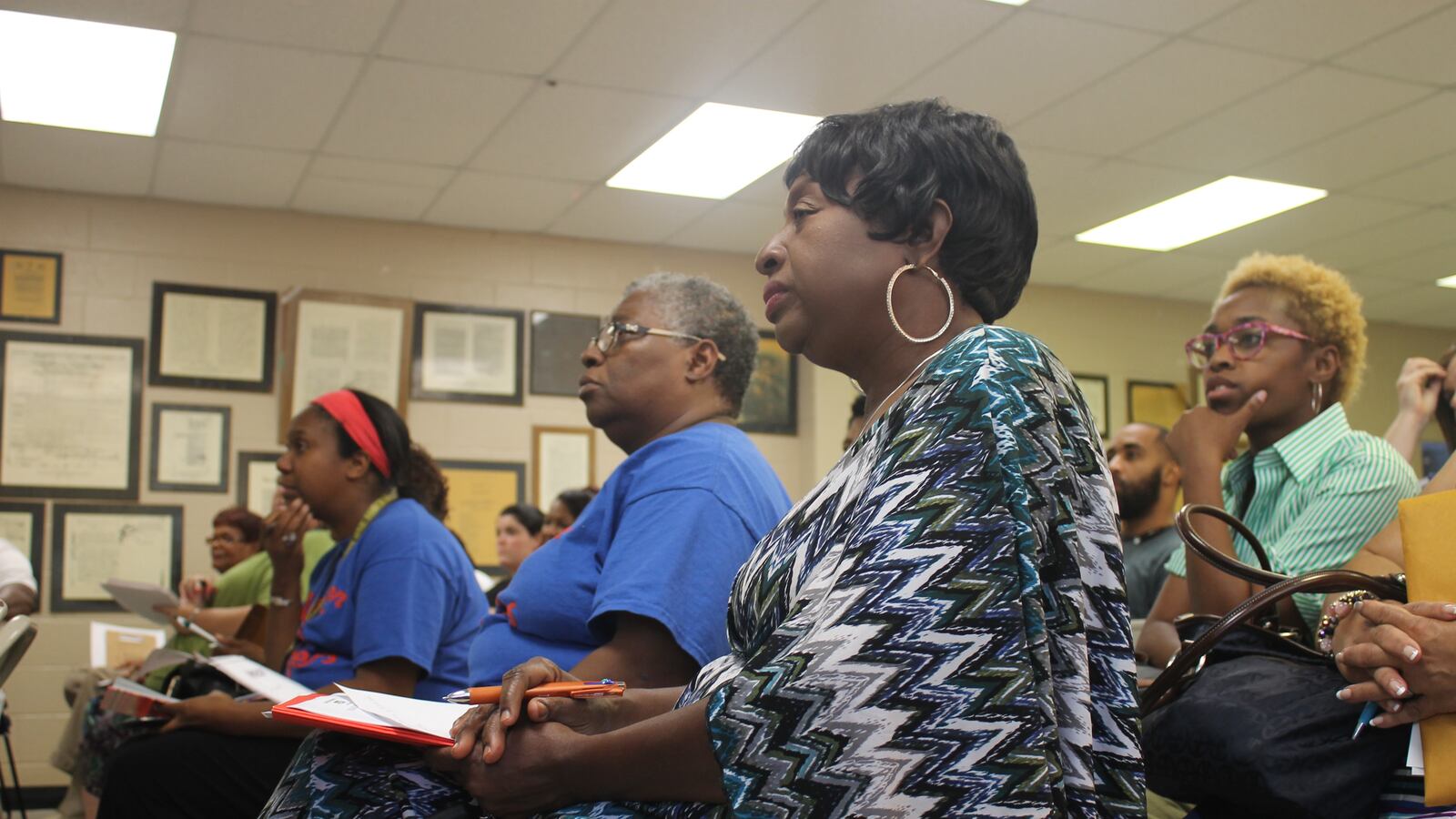Claudette Boyd was excited to have her voice heard at a community meeting in October to offer public input on the future of Shelby County Schools.
“Communities need stable schools,” she told district leaders that night. “Schools shouldn’t be graded solely on their test scores. Schools are the pillars of neighborhoods.”
A month later, Boyd said feels like her feedback was dismissed.
District leaders had promised to summarize public input from nine community meetings in a report that would help guide major decisions in a district with too many schools and too few students.
But on Wednesday, three weeks before the report’s expected release, Superintendent Dorsey Hopson presented the first step in his plan to begin “right-sizing” Tennessee’s largest school district. The recommendations, which now go to the school board, include closing seven schools, some of which would be consolidated into three new schools, and numerous rezonings. In all, 13 schools and up to 4,600 students would be impacted.
Beyond the community meetings, Hopson had promised that his administration would consider a year-long building analysis when recommending changes to the district’s footprint, which he has said must shrink by up to 24 schools over the next five years. The analysis, whose public release has been delayed twice this fall, is still under wraps.
Hopson’s plan includes two outright closures: Dunbar and Carnes elementary schools. Dunbar is the only district-run school in Memphis’ Orange Mound community. If the school board approves the change, its students would be rezoned to Bethel Grove and Cherokee elementary schools.
“There were a lot of Dunbar teachers at that meeting speaking up for their school,” said Boyd, a community activist in Orange Mound. “It crushes the community spirit, to keep feeling like what we want or feel is right doesn’t actually matter.”
Memphians have lamented for decades about local school administrators engaging them about closing schools only after they’ve already made their decisions. The top-down process has been a sore spot because, along with churches, those schools are often the hubs of community life in Memphis. When schools are closed, blight generally follows and students must travel further to get to their new schools.
Hopson told reporters Wednesday that his initial plan is a “no-brainer” due to costly maintenance needs at those schools. The timeline is necessary, he said, in order to get funding from county commissioners to build new schools. He characterized his recommendations as separate from the larger conversation to come on the long-term plan for overhauling the district’s facility footprint.
School board member Miska Clay Bibbs said Hopson’s announcement, delivered during a school board committee meeting, is intended to build in more time to talk through the plan. The school board had asked for a longer runway in the future after receiving surprise recommendations last spring to close Carver and Northside high schools at the end of the school year. These recommendations are different from Carver and Northside, she said.
“We were absolutely upset about that (last school year),” Bibbs said Thursday. “I think (Hopson) is honoring his word. It’s a lot of things at play in order to make that happen and you have to do that in a timely manner. You can’t wait to the last minute.”
Bibbs said the community meetings were intended to kick off an ongoing conversation around what makes a better school — not to focus solely on which schools should close or stay open.
Edward Vaughn, who heads the alumni association for recently closed Carver High School, disagrees. He says the superintendent shouldn’t announce potential closures ahead of the public release of the facilities study.
“We think we deserve to see the full picture,” Vaughn said. “We don’t think the superintendent is being very transparent because we have heard that nothing would happen before this analysis. We question the urgency. Why now? Why not have the full analysis out there before proposing more school closures?”
School board members are scheduled to discuss Hopson’s plan at their Nov. 29 work session, and to cast their first of two votes on the proposal on Dec. 6.

